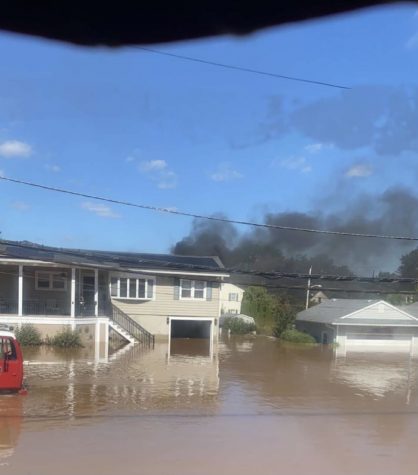Environmental Pollution
According to National Environmental Institutes, pollution is occurring on a vast scale that is unprecedented worldwide. The trends point in two ominous directions: first, towards large and growing emissions of certain chemicals, mainly from the burning of fossil fuels, which are now altering natural systems on a global scale. Second, towards constant increases in the use and release to the environment of innumerable biocides and toxic substances.
These changes from the sewage and others concerns of pre World War II conflicts to much more serious concerns pose formidable challenges for societies, both industrial and developing. Challenges that modern pollution control laws address only partially. To address the serious pollution challenges of the coming decades, we need several large scale social and technological transitions. Current pollution is integrally related to economic production, modern technology, lifestyles, the size of human and animal populations, and a number of other factors.
Also adding that environmental pollution has several types of pollution such as water pollution, air pollution, soil pollution, radioactive contamination, acoustic pollution, and light pollution. These are the types of pollution that can be found worldwide. Each of them causes damage to the environment in a different way and a place or element in the human environment.
In conclusion, environmental pollution is a major problem in different parts of the world, which requires policymakers to employ some mitigation strategies. The developed economies such as the United States contribute significantly towards environmental pollution because of the high number of factories and industries that release harmful gases into the atmosphere. These economies consume energy heavily, thus leading to environmental pollution. This shows the depletion of natural resources in these countries is very high. The emerging economies also contribute significantly to environmental pollution, but lesser than the developed ones. The developing economies such as Ethiopia pollute the environment at a slower rate than the developed economies. These countries have fewer factories and industries, which make them release less harmful gases into the atmosphere as compared to other countries. However, poverty rates in these countries are higher than in developed countries because of the few employment opportunities. It is important to regulate the rates at which countries pollute the environment in order to prevent its harmful effects such as global warming.











